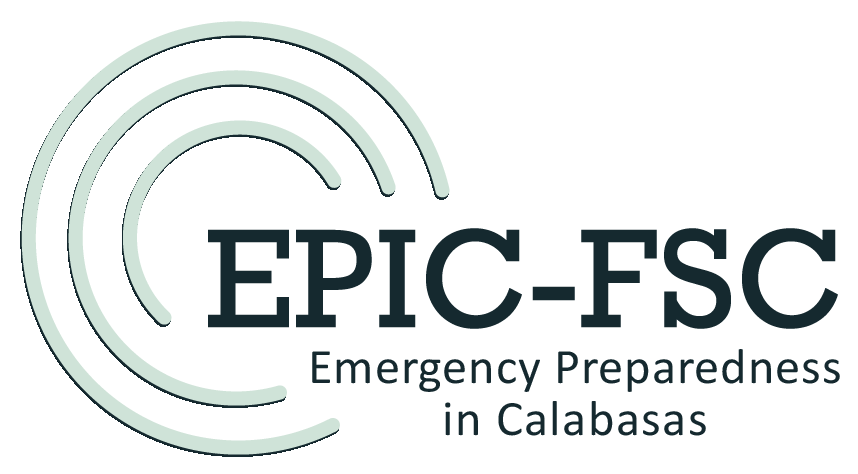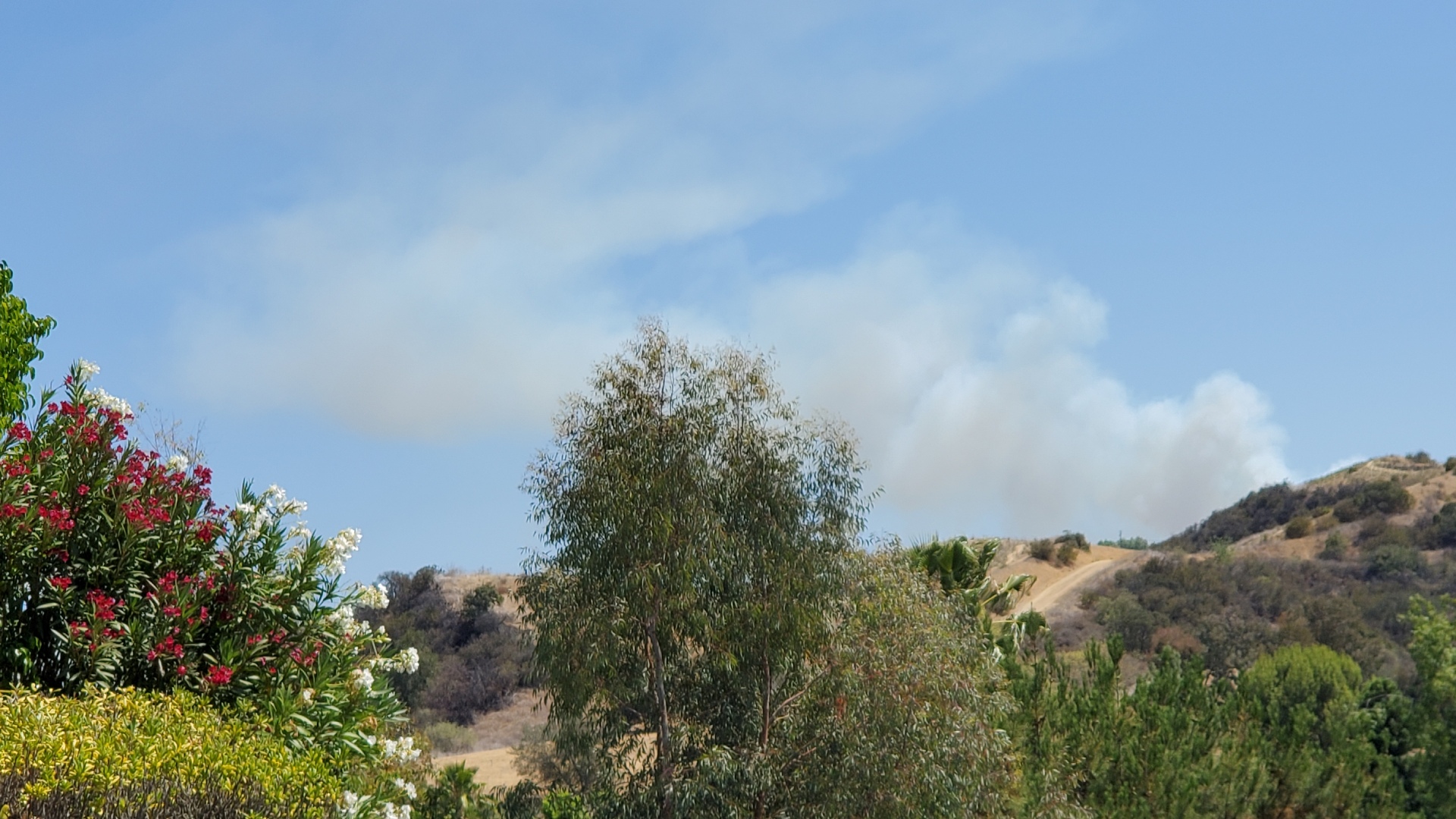Home-Hardening Works In June 2012, the Waldo Canyon Fire in Colorado killed two people, destroyed 346 homes, and generated roughly half a billion dollars in insurance claims. That same event also delivered one of the clearest proofs that home-hardening and defensible space save homes. NIST

The Study Findings, In Plain English
Investigators reviewed how three neighboring Colorado Springs communities fared under the same wildfire: Mountain Shadows lost 346 homes, while Cedar Heights and Peregrine lost none!
Proof that Homeowners Need to Invest in Home Hardening
A cost-benefit analysis later tallied the impact in Cedar Heights: about $300,000 invested in mitigation avoided an estimated $77.2 million in losses—a ratio of 1 to 257. In short, every dollar spent on mitigation paid back hundreds in avoided damage.
Independent teams and partner organizations outlined what these homeowners did: cleared vegetation, installed ember-resistant construction details, which resulted in firefighters being able to safely defend homes because hazards had been reduced ahead of time.
What That Means for Calabasas Calabasas shares the same wildfire realities—wind-driven embers, tight home spacing in some neighborhoods, and seasonal heat. The Waldo Canyon data confirms that community-wide mitigation—one home at a time—can swing outcomes from catastrophic loss to widespread survival.
This is exactly why EPIC-FSC volunteers, in partnership with the City of Calabasas are on a mission to strengthen homes throughout our community.
The goal is straightforward: make every house easier to defend and more resistant to ignition. Our trained volunteers—certified through CAL FIRE—are ready to walk your property, identify key vulnerabilities, and guide you in creating effective defensible space that protects your home and your neighborhood.
The research points to a few high-impact actions any homeowner can start today:
- Harden vents and roof Install 1/8th inch ember and flame-resistant metal screening over vents. Maintain a Class A roof and clean gutters regularly.
- Enclose eaves and deck undersides; clean under decks Keep these areas clear of leaves and debris; use ignition-resistant materials where feasible.
- Create a 0–5 foot noncombustible “Zone 0” Replace wood chips or plants next to the house with gravel, pavers, or bare soil; move firewood away from walls and decks. Brooms and patio cushions can be taken inside.
- Break “fire pathways” Replace wooden fence segments that attach directly to the home with noncombustible sections near the structure.
By taking these steps, you greatly increase your chances of surviving a wildfire—for your home and community.


